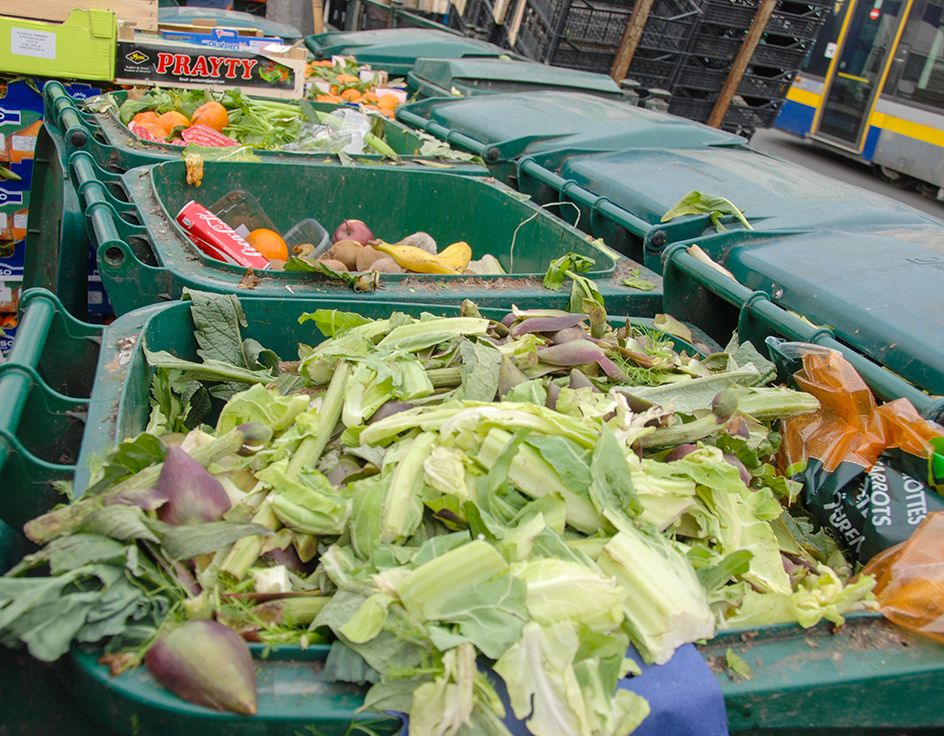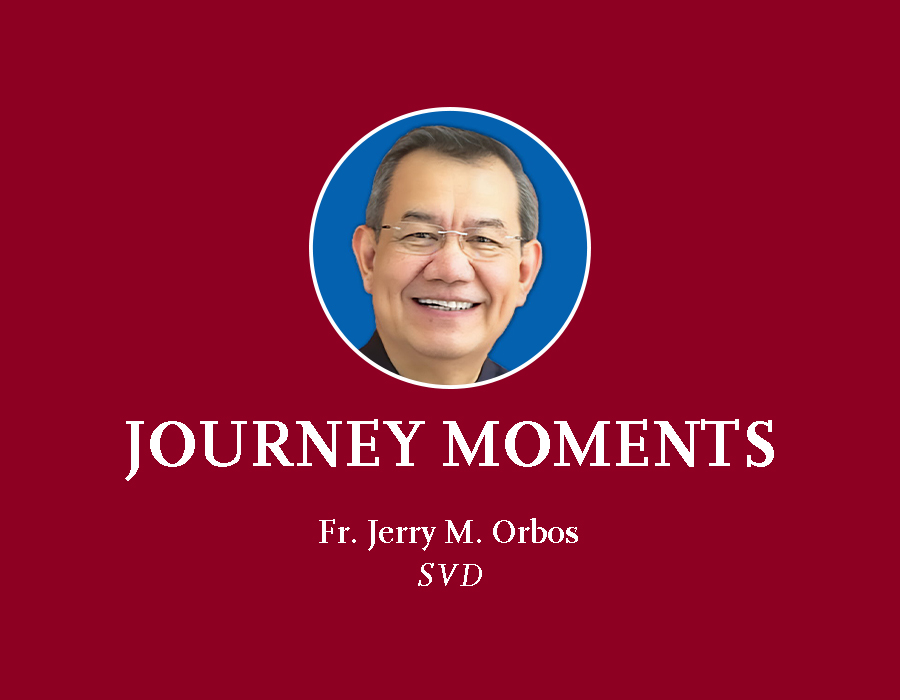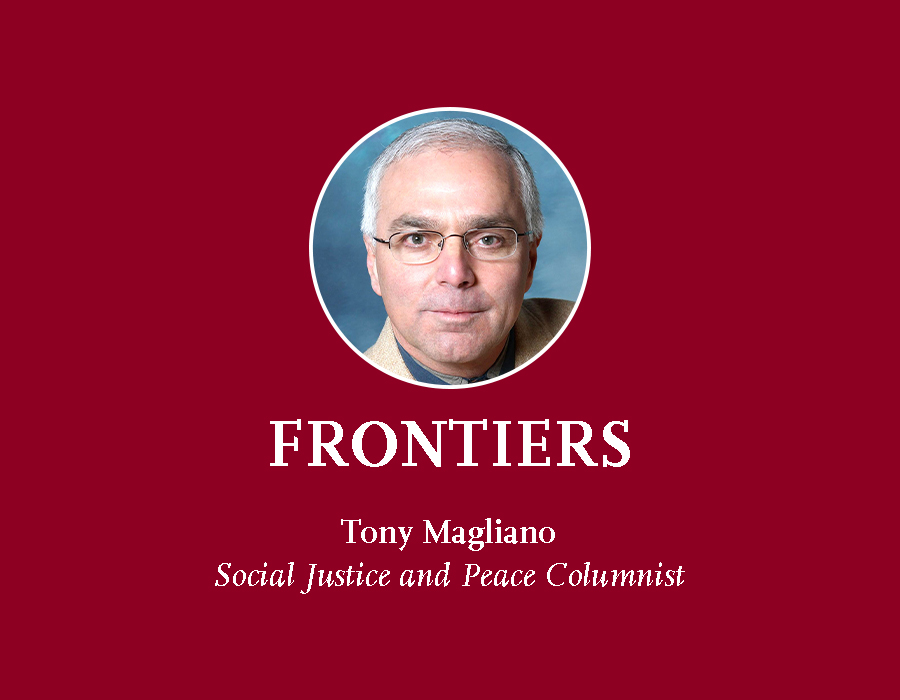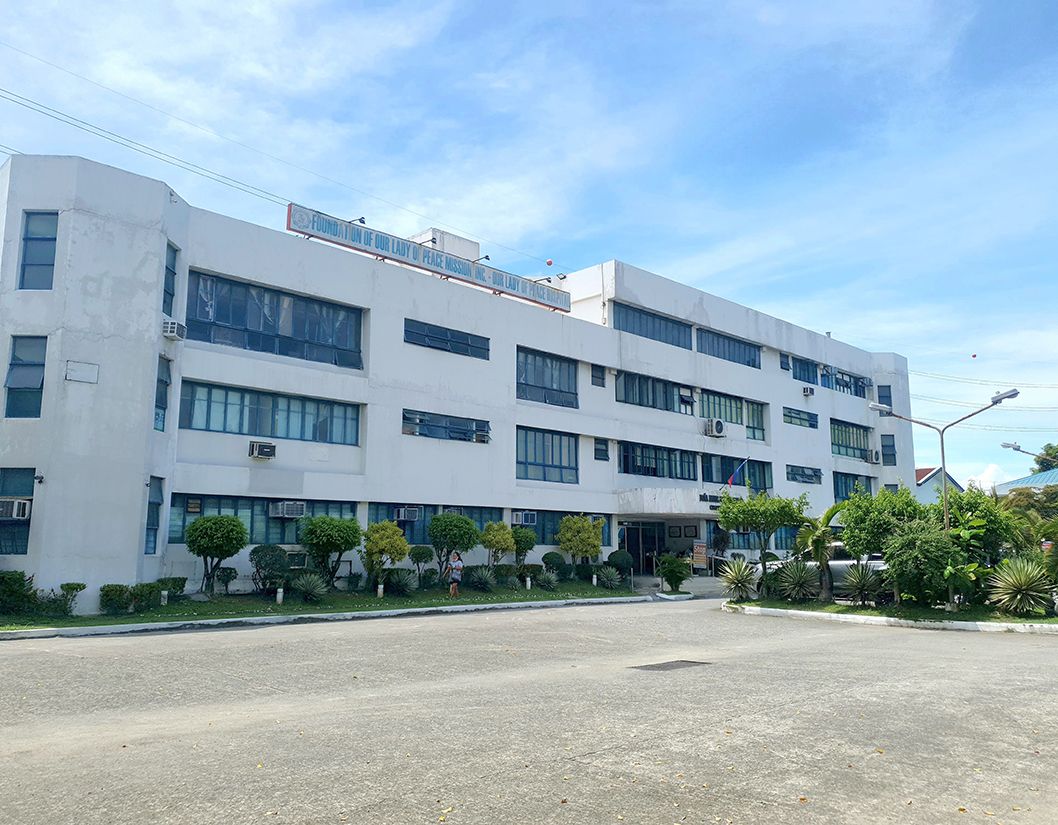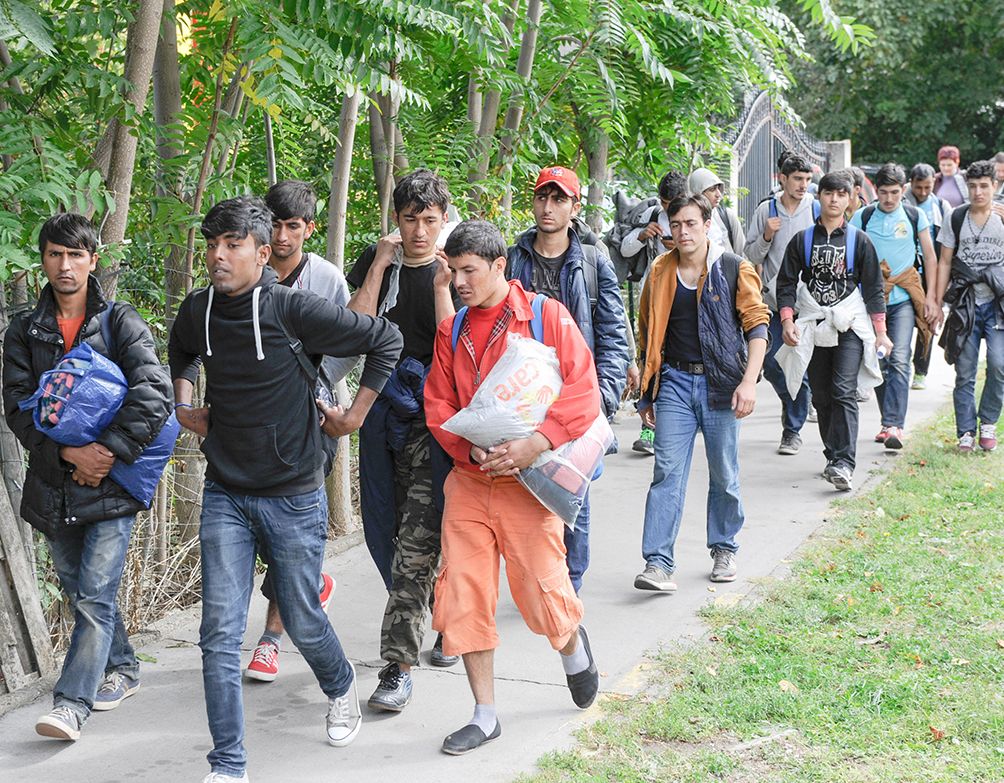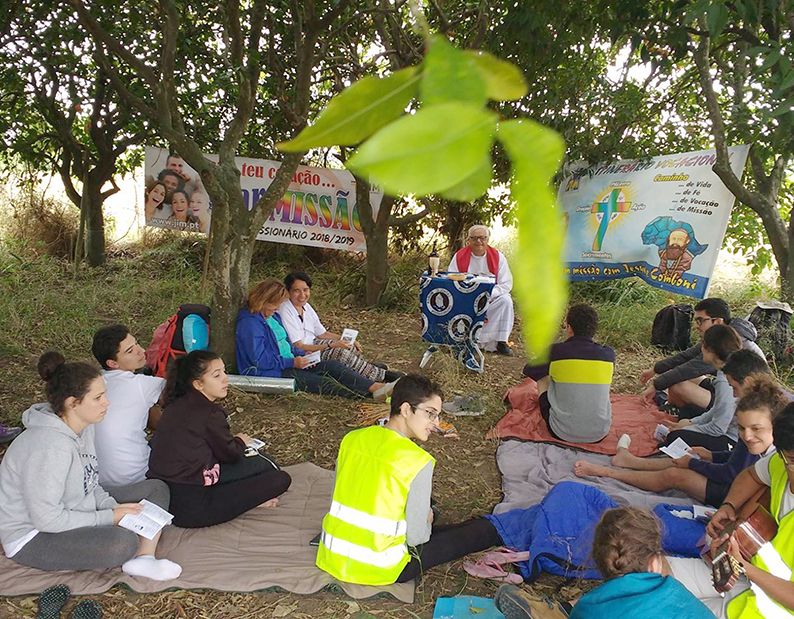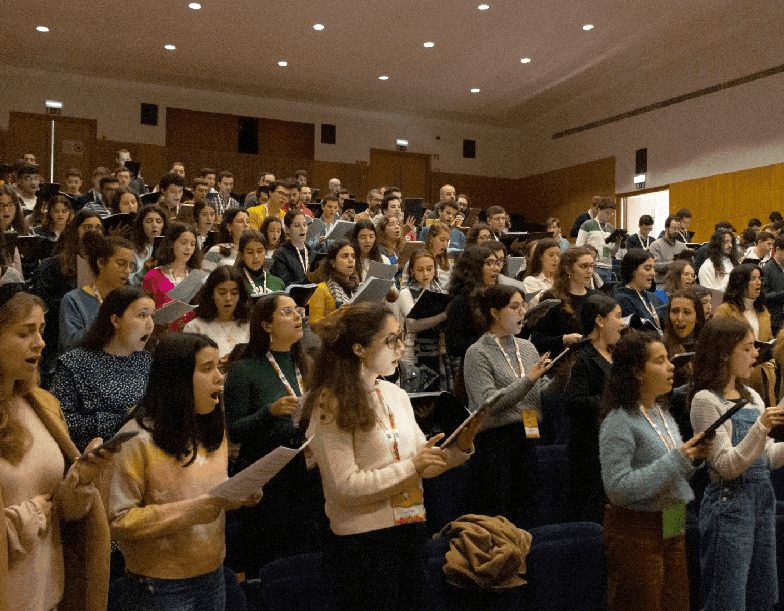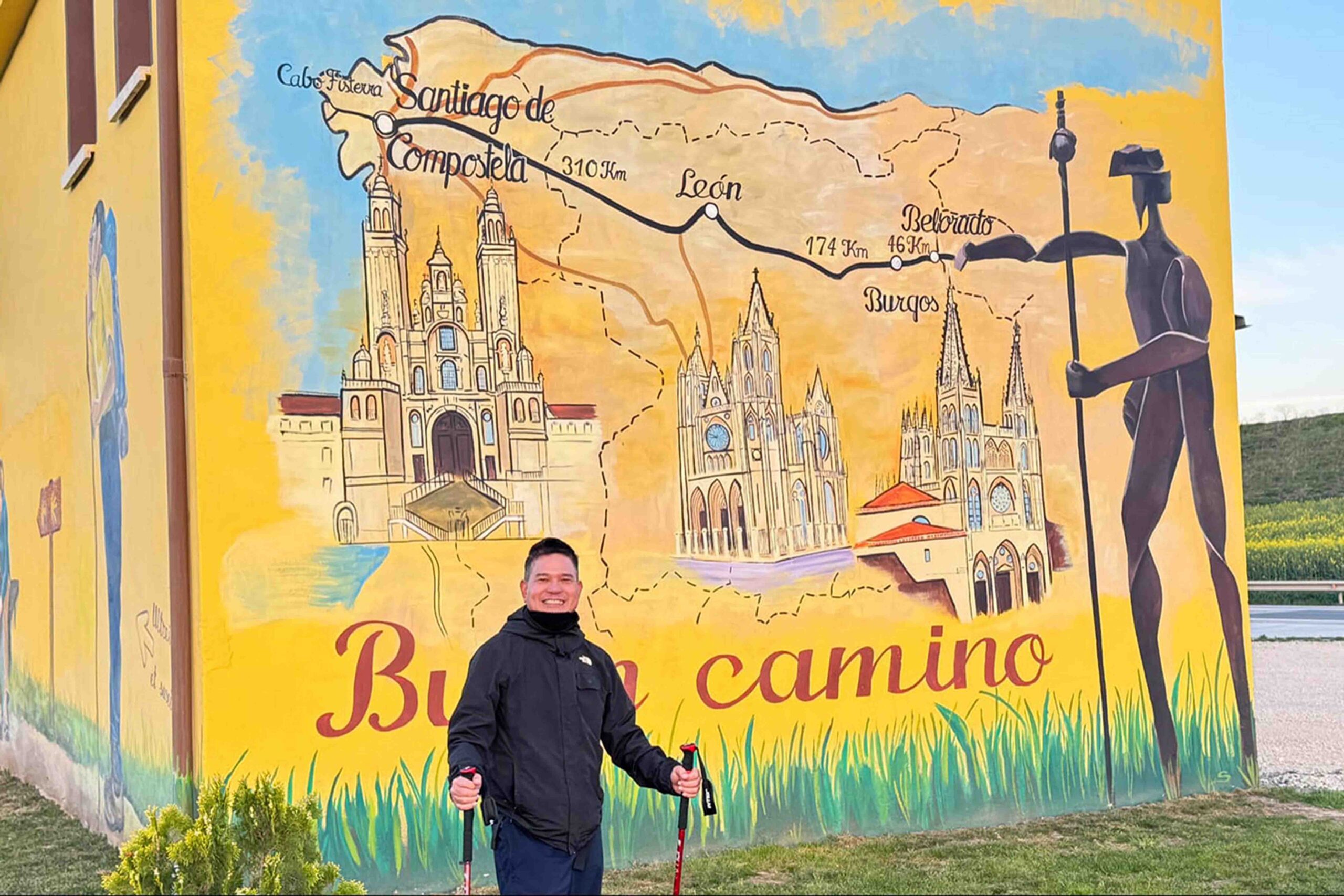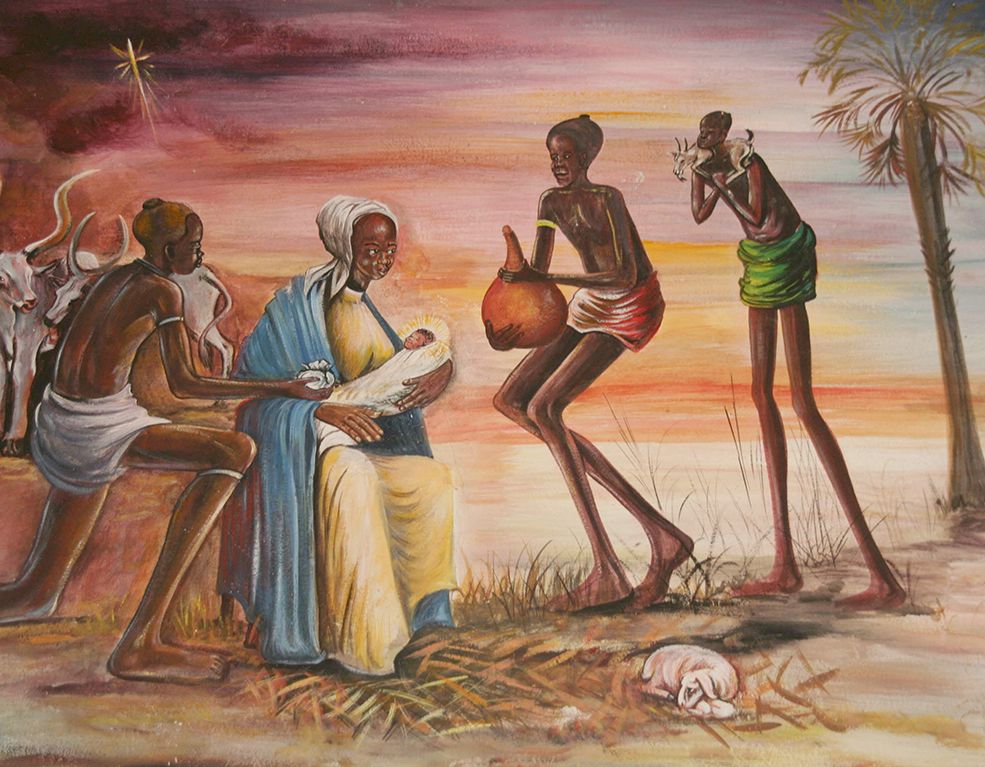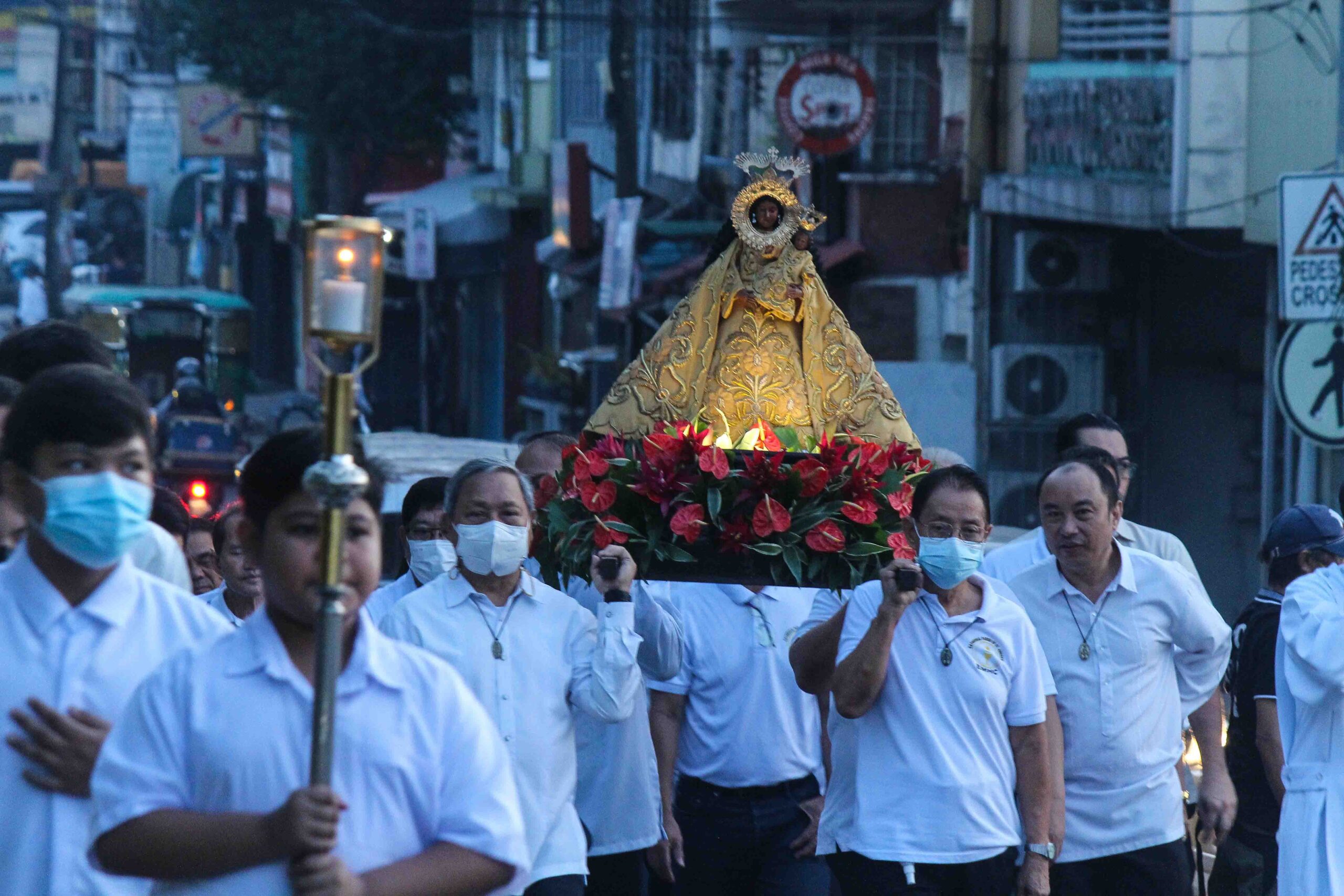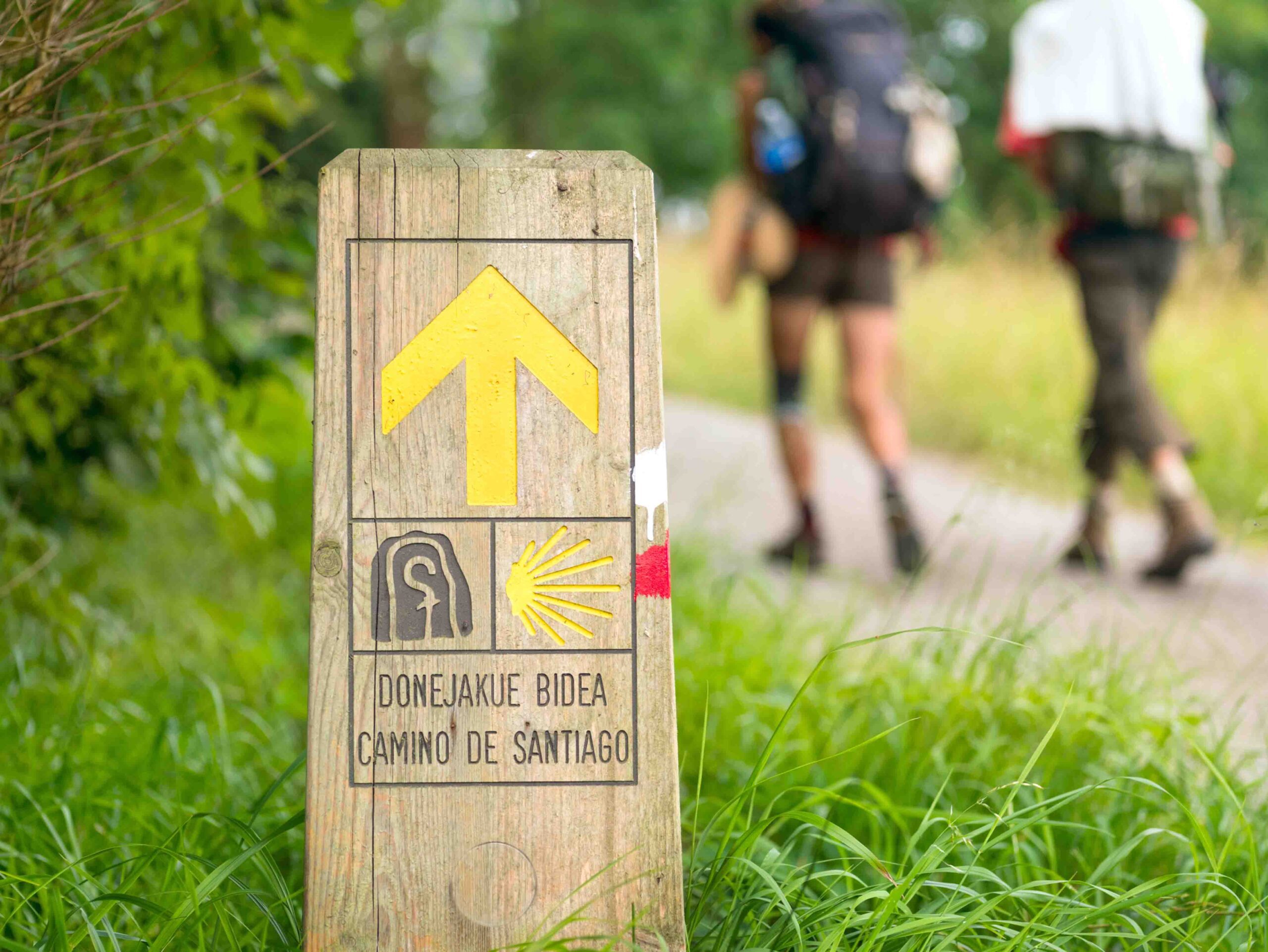The virus is everywhere: my blood, my lungs, my stomach,” my husband weakly croaked through the phone from his hospital bed in Manhattan. My chest weakened in disbelief. Just 15 hours earlier, we were making home improvement plans in his hospital room. Now, there was a virus giving him a 40-degree fever and taking over his poor vulnerable body.
This was just one of the many twists and turns of the journey we had been on since his life-long lung condition deteriorated a few years ago. One of the most significant landmarks had been a double lung transplant he received just a year ago. It was a roller coaster ride of ups and downs. Just days earlier, my 36-year-old husband had come home after finishing his third round of chemotherapy. When his temperature spiked a few hours later, we rushed him to the hospital.
I put the phone down and took a couple of deep breaths before joining a Zoom meeting I was already late for. As the meeting was coming to a close, the meeting chair softened her voice and asked, “Christina, how is your husband? We prayed for you all at the beginning.”
Her question cracked the fragile shell I had been attempting to keep together. A rush of tears broke through. I was simultaneously embarrassed and touched by her compassion. After the call, my manager, who had been part of the call, sent me a message over Slack encouraging me to take time off, to give myself space.
COMPASSION TO ONESELF
By some act of grace, I recalled my recent training to become a Mindful Self-Compassion teacher. Developed by psychologists Kristin Neff and Christopher Germer, self-compassion is the invitation to offer compassion to oneself as you would to a friend or to another person who might be suffering.
As an act of “soothing touch,” I placed my hand on my heart and asked the ultimate question one is to ask oneself when experiencing suffering or pain: “What do I need right now?” I stopped and listened. And what my heart said was, “Get the heck out of here.” An image of myself biking along the water’s edge popped into my mind. Nature, healer and guide, was beckoning.
FOREST BATHING
So often in my life, nature has been a solace, a place of refuge in times of distress. The healing power of nature is something instinctual to many of us. Indigenous cultures have long maintained a holistic relationship with nature as part of well-being and wholeness. Now, emerging practices such as the Japanese meditative exercise of Shinrin-yoku, or “forest bathing,” are renewing this relationship with nature to support mental and physical health.
In “forest bathing,” one is invited to immerse oneself in nature by taking in one’s surroundings with one’s physical senses, to live in the present moment. A growing number of studies validate the positive impact that “forest bathing” can have on the nervous system, blood pressure, and other health indicators.
I canceled my three scheduled meetings and went downstairs to get my bicycle out of the basement. After about 15 minutes, I was riding my bike.
Several years ago, I participated in a “forest bathing walk” in Harvard University’s Arnold Arboretum in Boston. One of the practices was to experience one’s surroundings using each of the five senses. Connecting with the physical senses is a way to shift the attention from the thinking mind to the feeling body.
The practice of “forest bathing” invites the practitioner to experience the present moment in nature by transitioning from a “doing” mode to a “being” mode. It is a chance to step off the hamster wheel of our often overactive mind and, literally, take a breath of fresh air.
As I was biking, I focused on the sun’s fiery heat on my skin, the wind rushing through my hair and past my face, and the soft earth below me. I slowly felt the rawness of the morning softening as the elements surrounded and immersed me.
THE UNIVERSE SPEAKS OF GOD’S LOVE
I was reminded of a quote from Pope Francis’ encyclical Laudato Si’: “The entire material universe speaks of God’s love, His boundless affection for us. Soil, water, mountains: everything is, as it were, a caress of God.”
In Laudato Si’, Francis also shares the wisdom that is imparted through creation: “This contemplation of creation allows us to discover in each thing a teaching which God wishes to hand on to us.” As I continued to bike, I could feel my perspective widening. On my left, I saw patches of berries producing their summer crop. On my right, five snowy mute swans were swimming parallel to the shore. I was slowly opening up to other rhythms of life beyond my own circumstances. I was reminded that life was so much bigger than my personal universe.
And death was a natural part as well. Up ahead, I saw a turkey vulture bending over some hidden carrion. It flew away as I approached, leaving behind the acrid stench of its meal. I smelled the reminder of death that is part of the natural cycle.
I reached the base of a hill, where trees shaded the shore and a few picnic benches were scattered on the small beach. There was a man with a young girl, perhaps his daughter, who had also biked here, eating their lunch. I felt the healing effects of nature therapy. I was ready to turn around and head back home.
Some doctors have begun to recognize the healing benefits of being outdoors. In her blog post “The Coronavirus is Heading Your Way. Grab a Tree and Hold On,” Dr. Suzanne Bartlett Hackenmiller says, “I prescribe nature to my patients on a daily basis. Even Hippocrates said, ‘Nature itself is the best physician.’”
Some studies have demonstrated health benefits arising from connecting with natural elements in our everyday life — a tree outside our window, a potted plant, and even nature-themed artwork.
I have even found that just imagining a place in nature can bring solace. I recently participated in a meditation in which I was invited to bring to mind a special place in nature inspired by a quote from Laudato Si’: “The history of our friendship with God is always linked to particular places which take on an intensely personal meaning … revisiting those memories does us much good … ”
Immediately the sandy beaches of St. Augustine, Florida, near the place I grew up, emerged in my imagination. I began to feel the warm sand beneath my toes, the salty breeze blowing on my skin and in my hair. Nearby, seagulls were squawking. My body began to relax and settle. As I gazed at the ocean, I saw the shimmering light on the water. The sea was rising to meet me. And then it fell away. I became mesmerized by this rhythm of the ebb and the flow, the approach and the departure.
As the sea receded, I could feel my breath shorten, as if I was not ready for the loss of departure. I thought of my and my husband’s situation, the rhythms and changes beyond my control. I often ask, “Are things getting better or getting worse? Coming in or receding?” The sea’s movements seemed to remind me of how natural this ebb and flow were. They are but different moments and the same. I followed this pattern of the sea for a few more cycles, feeling the invitation to not change it, but just ride it. Can I allow them to just be?
Here on the edge of the Hudson River, I felt again the same invitation: Can I just allow things to be? This illness, my grief, the gift of our relationship and family, this moment? Can I allow them to come and go?
As I bike back home, I think of how my conditions have and have not changed. My husband is still sick in the hospital, but my relationship to my present moment has transformed. I remember something I heard in an interview with Benedictine monk Br. David Steindl-Rast, OSB: “… not for everything that’s given to you can you really be grateful. You can’t be grateful for war in a given situation, or violence, or sickness… So the key, when people ask, ‘Can you be grateful for everything?’—no, not for everything, but in every moment.” At this moment I feel grateful. Not for my husband’s illness, but for this moment of finding my grounding again in the beauty and wisdom of nature…. Published in Laudato Si Movement






